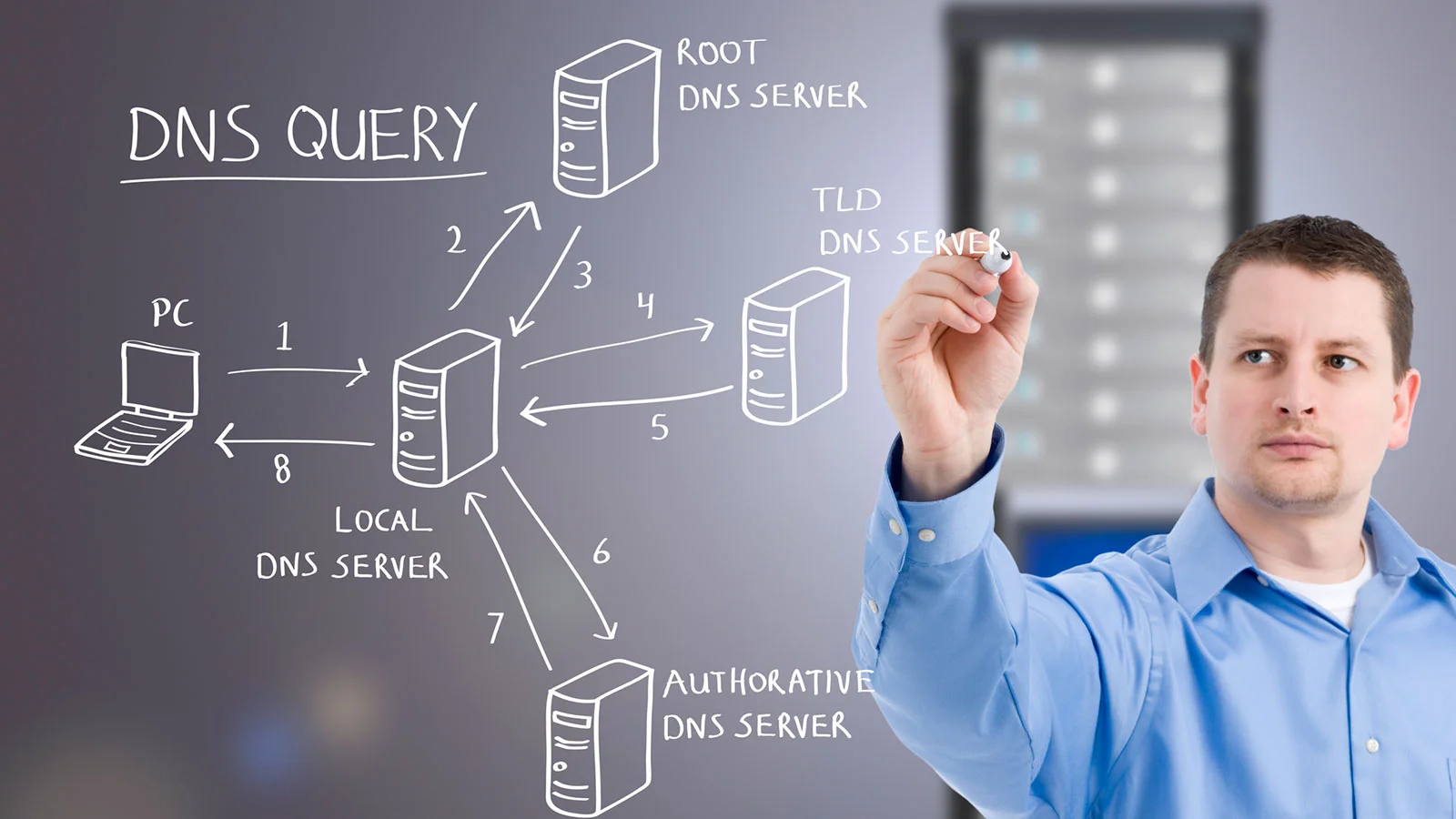Introduction
In the vast expanse of the internet, DNS-Query serve as the invisible threads that connect users to their desired destinations. DNS, or Domain Name System, acts as a translator, converting human-readable domain names (like [invalid URL removed]) into machine-understandable IP addresses. Every time you type a URL into your browser, a DNS query is sent to a DNS-Query server to resolve the domain name into an IP address.
Understanding DNS-Query
A DNS query is a simple request sent from a client (like your computer or smartphone) to a DNS server. The query contains the domain name you want to access. The DNS server then searches its database for the corresponding IP address. If found, it returns the IP address to the client. If not, the DNS server may consult other DNS servers in the hierarchy to find the answer.
Types of DNS-Query
There are several types of DNS-Query, each serving a specific purpose:
- Recursive Queries: These queries are sent directly to a DNS server, which is responsible for resolving the query either on its own or by consulting other DNS servers. Most users send recursive queries to their ISP’s DNS servers.
- Iterative Queries: In this type of query, a DNS server that cannot resolve the query on its own sends the query to another DNS server, which in turn sends it to another, and so on until the query is resolved.
- Authoritative Queries: These queries are sent to a DNS server that is authoritative for a particular domain. An authoritative server is responsible for storing and serving the DNS records for that domain.
The DNS Hierarchy
The DNS is organized in a hierarchical structure, similar to a tree. At the top of the hierarchy is the Root Zone, which contains the root servers. Below the root servers are the Top-Level Domain (TLD) servers, such as .com, .net, .org, and country-code TLDs like .us, .uk, and .in. Below the TLD servers are Authoritative Servers, which are responsible for specific domains.
DNS Propagation
When a DNS record is updated, it may take some time for the changes to propagate throughout the DNS hierarchy. This process is known as DNS propagation. Factors that can affect propagation time include the number of DNS servers involved, network traffic, and server load.
DNS Security
DNS attacks have become increasingly common, with attackers targeting DNS servers to redirect users to malicious websites or to disrupt internet services. To address these threats, various security measures have been implemented, such as DNSSEC (Domain Name System Security Extensions) and DNS over HTTPS (DoH).
Conclusion
DNS-Query are an essential component of the internet, enabling users to access websites and online services. By understanding how DNS works, you can better appreciate the infrastructure that supports the digital world we live in. As technology continues to evolve, DNS will likely play an even more critical role in ensuring the smooth functioning of the internet.

